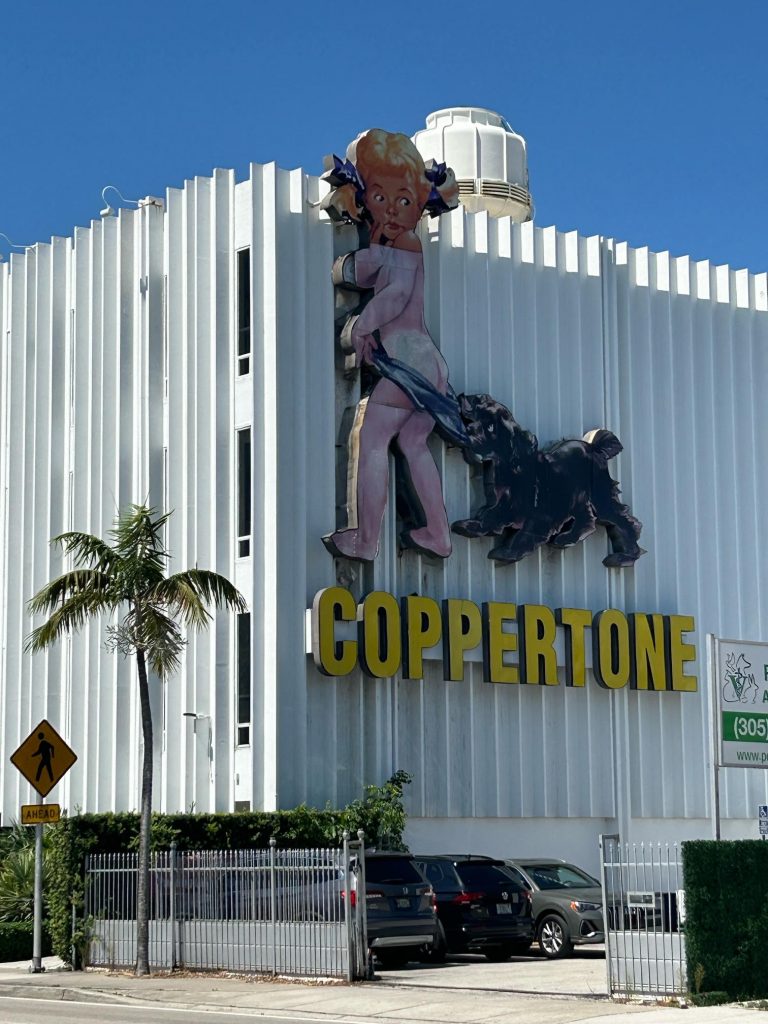News June 2024



2024 Symposium recap from grant recipient Susan Singh
The University of Miami was the perfect venue for this year’s National Symposium, set against the backdrop of Miami’s amazing 20th-century heritage. The city of Miami and its vibrant and diverse architecture did not fail to impress this modernism enthusiast! Huge thanks to the DOCOMOMO US/New York Tri-State Board for their support and the Student and Emerging Professional grant that made my attendance possible.
Starting with Rosa Lowinger’s keynote address, the reality of Miami hit home, where I felt the power of her compelling personal story as an émigré. Her insights into the deep ties of the Cuban-American community highlighted Miami’s unique character. These ties both shaped Miami and have been shaped by the city, and we were called to recognize that significance embedded throughout the urban scape.
My exploration continued on a beautiful, breezy boat tour, guided by restoration architect Richard Heisenbottle, and was a highlight of my stay. Exploring the Marine Stadium and its revival plans showcased the intimate relationship between the water and Miami’s identity. But more importantly, it was such a wake-up call that even a mid-century structurally expressive concrete masterpiece by Hilario Candela can fall prey to abandonment. Mid-century structures created for a specific use may need relentless attention from modernism preservationists to keep enough pressure on and gain political backing. I am happy to hear a success story and look forward to my next Marine Stadium visit to watch a classic rock band perform on a floating barge!
When I returned to campus, I was happy to share the findings of my own research project on Ralph and William Zimmerman and their role as architects for the postwar school building program in Sarasota, FL, during the tumultuous era of desegregation. Other talks in my session revealed places of memory for civil rights—the legacy and traces of which need recognition and can be felt still today.
The bus tour of Miami’s Upper East Side was eye-opening. I discovered new treasures and learned about the city’s struggles with developmental pressures. A thriving economy and destination can be a double-edged sword when trying to strike a balance that includes protection for heritage of many periods. The special, quirky strip of Biscayne Ave with roadside motel vernacular has proven to be vulnerable, unfortunately. I think the fun three-story tall Coppertone girl advertising sign on the side of the commercial building really captured for me what Miami’s spirit is all about!
I was very excited to learn about the project Sarah Cody of the Miami-Dade County Office of Historic Preservation and professor Allan Shulman undertook to revisit significance of the county’s built environment in a more equitable way, reflective of the population for whom the office serves. I look forward to reading the forthcoming report and highly recommend the study’s content and goals—one which other communities can emulate!
This is just a snapshot of the countless experiences and conversations I will treasure from my time at the Symposium. I look forward to many more exchanges through DOCOMOMO-US with academics and practitioners whose values and appreciation for 20th-century architectural treasures mirror mine.
Susan Singh
PhD Architecture student
University of Texas at Austin